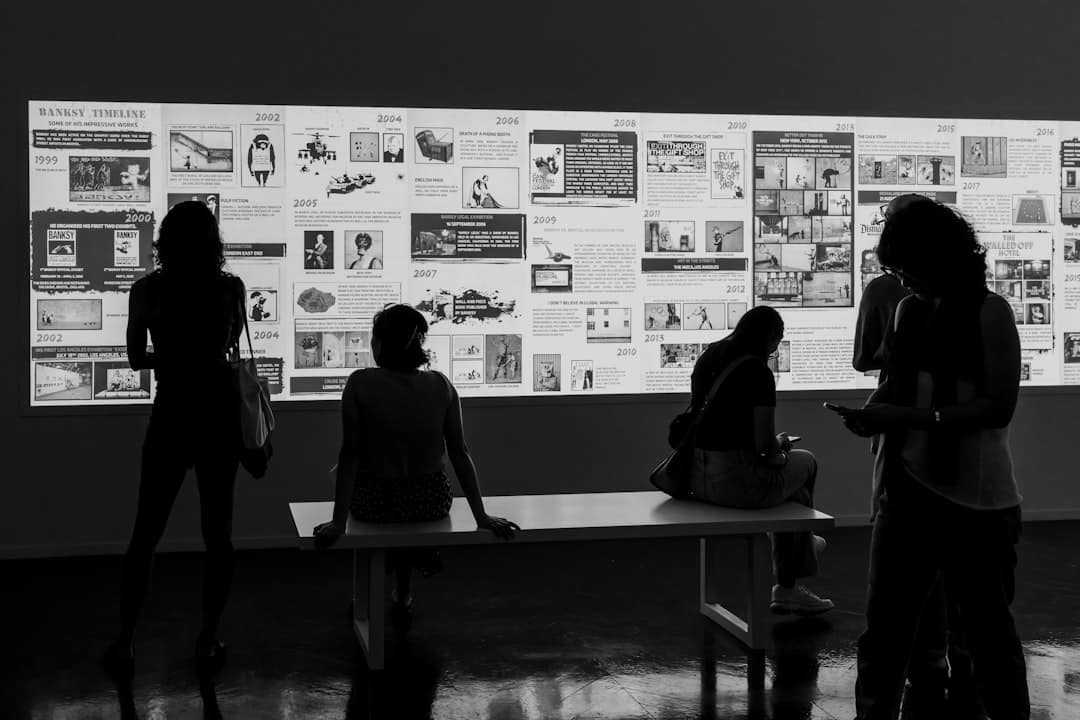As artificial intelligence (AI) becomes more integrated into creative fields, one particularly intriguing application is its role in logo design. Logo design traditionally intertwines artistic expression with deep understanding of a target audience’s cultural cues, aesthetic tendencies, and symbolic values. So, one must ask: how does AI, typically known for its computational logic, manage to handle such subtle human complexities as cultural nuances and preferences? The answer lies in a blend of machine learning, large-scale data analysis, and thoughtful human collaboration.
Understanding Cultural Context Through Data
AI systems rely on massive datasets to “learn” design preferences from various regions and cultures. These datasets comprise logos, design elements, user engagement metrics, and even psychographic profiles of target audiences. Through this, AI can identify patterns that are strongly tied to specific cultures.
For instance, the color red may symbolize luck and prosperity in Chinese culture, while in Western contexts, it can represent passion or danger. AI analyzes such associations by cross-referencing design outcomes with geographic and demographic information. As a result, it learns to adjust color palettes, typography, and symbolic elements based on the intended cultural audience.

Localization Through Machine Learning Models
Modern AI design tools incorporate machine learning models trained to factor in geographical and cultural context. These models tag and cluster specific visual elements based on popularity, reception, and appropriateness in different regions. When a user inputs design goals—such as creating a logo for a Japanese tea brand or a Nigerian tech startup—the AI consults its knowledge base to filter and suggest culturally resonant elements.
This approach reflects a process known as localization—the adaptation of a product to meet the language, cultural and other specific needs of a particular region. In logo design, this might include:
- Symbolism: Incorporating motifs like lotuses in India, or bamboo in East Asia, which hold cultural significance.
- Typography: Adjusting scripts for regions using Arabic, Cyrillic, or non-Latin alphabets.
- Color Theory: Avoiding culturally sensitive colors, such as white in certain Asian cultures, where it may symbolize mourning.
Incorporating Human Insight
Despite advancements in data-driven modeling, AI is not infallible. Cultural nuance often transcends mere data points and relates to history, emotion, and tradition. Therefore, human designers remain vital in steering AI-powered platforms. Most AI-driven design platforms, like Canva or Looka, provide users with the autonomy to review, refine, and override AI suggestions.
Human-AI collaboration bridges the gap between machine efficiency and human empathy. Designers can guide AI through cultural feedback loops—evaluating generated logos, offering corrections, and improving algorithms through continued usage. Together, these tools and inputs create logos that are both data-informed and culturally tuned.

Handling Controversy and Sensitivity
Culture is ever-evolving, and what resonates today may be inappropriate tomorrow. AI systems trained on outdated or biased data may inadvertently suggest elements that are no longer acceptable or sensitive. To mitigate this risk, leading platforms implement continual feedback mechanisms and moderation layers. Moreover, developers increasingly embed ethical frameworks into AI, ensuring flags are raised for potentially controversial symbols or motifs.
For example, if a symbol used in a religious or political context is chosen in a logo, the AI might prompt the user with additional information or even suggest alternate graphics. These safeguards help prevent missteps and foster inclusivity and sensitivity in design.
Limitations to Consider
Despite many advancements, AI’s handling of cultural nuance comes with limitations:
- Lack of Emotional Depth: AI cannot fully understand the emotional undercurrents tied to visual symbolism within certain cultures.
- Over-Reliance on Trends: Machines often base suggestions on trending designs, which may not always translate well across cultures or time.
- Bias in Training Data: If datasets are skewed towards Western designs, AI may unintentionally replicate Eurocentric aesthetics.
To counter these pitfalls, AI systems must be continually trained on diverse, representative data pools and be curated by culturally aware experts.
Conclusion
AI is remarkably adept at recognizing patterns and applying design rules at scale, but true cultural nuance in logo design still requires a mixture of technology and humanity. When trained correctly and used in tandem with thoughtful human oversight, AI can deepen its sensitivity to global cultures, enabling the development of uniquely tailored logos that resonate across borders.
As globalization continues to influence branding and design, the partnership between AI and culturally intelligent designers will be the foundation of meaningful visual identity across industries.

